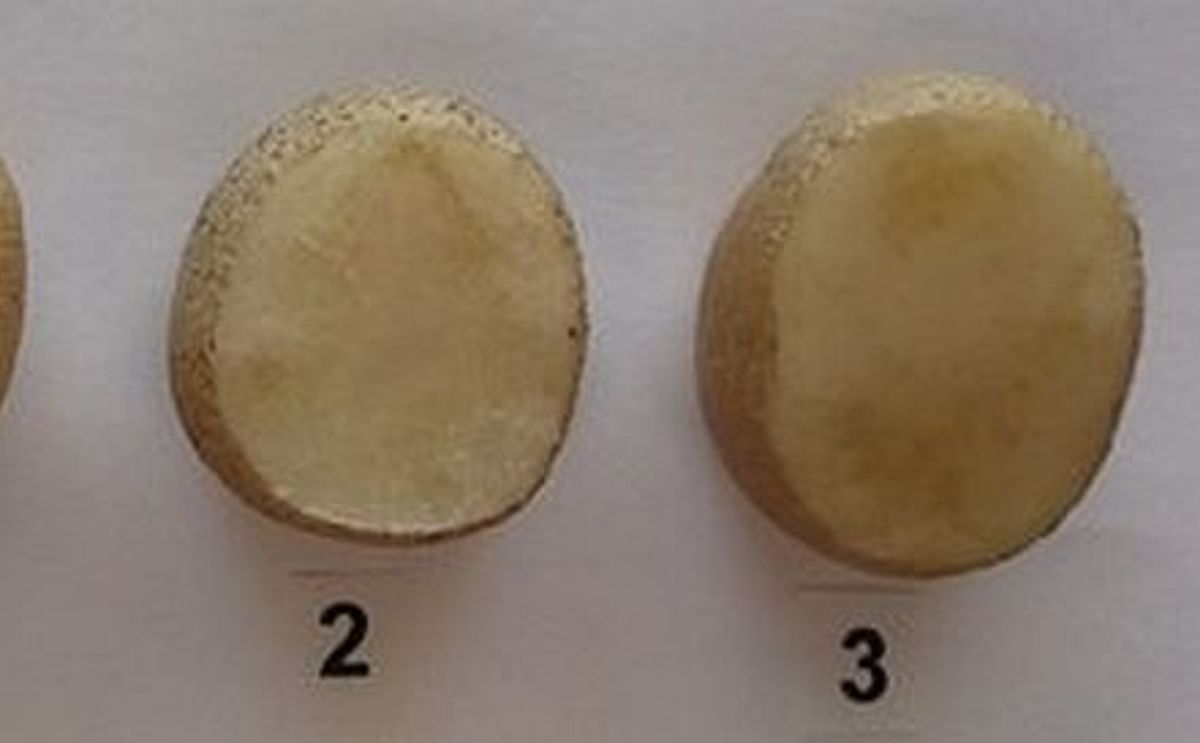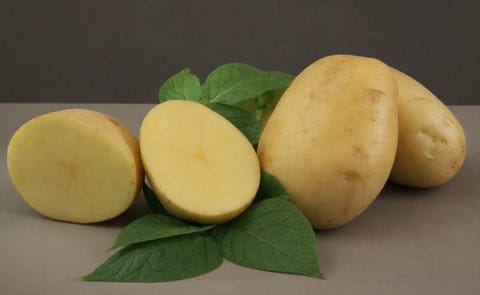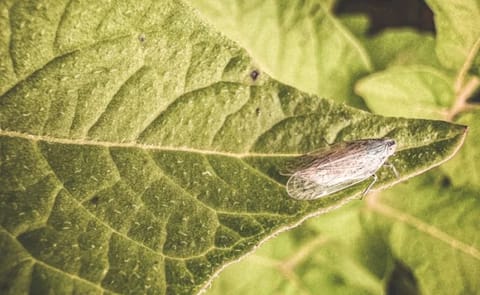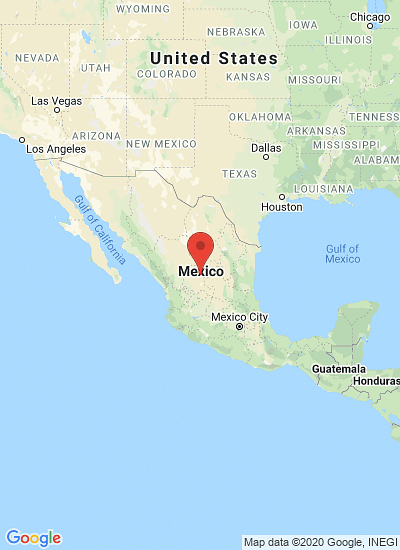Zebra Chip symptoms 2 months after harvesting. From no symptoms (level 0) to compromised tuber (level 3).
主标签
Mexico: Zebra Chip-tolerant potatoes for the fresh market

Over the past few years, the potato production in the United States, Mexico, New Zealand and Central America has been under threat of the Zebra Chip (ZC), a disease associated with the Candidatus Liberibacter solanacearum bacteria, transmitted by the potato psyllid (Bactericera cockerelli).
The disease turns part of the amide in soluble sugars so, when potatoes are cooked, sugars caramelise and streaks appear. Of course ZC is currently monitored with pesticides, but sustainable defence requires the development of resistant and/or tolerant varieties.
Entomologists from the University of California Riverside, together with researchers from INIFAP (Mexico), characterized four promising potato lines (246, 865, 510, NAU) exposed to Cls-positive adult psyllids and monitored the vector's behavior towards the plants and the effects of the bacteria on the tubers.
The potato lines were compared to ZC-susceptible variety Atlantic.
Results showed that the psyllid preferred to settle on Atlantic, 246 and 865 and oviposit on Atlantic compared to 510. However, tolerance to ZC appeared more dependent on the host's responses to Cls infection. All four genotypes exhibited putative ZC tolerance in raw tubers compared to the susceptible commercial variety, Atlantic. Expressed tolerance was associated with reduced concentrations of phenolic compounds in Cls-infected raw tubers compared to Altlantic tubers.
Lower phenol concentrations corresponded to a reduction of symptoms in freshly-cut tubers. However, the four genotypes showed ZC-related colouring in fried potatoes due to an increase of the sugar content, typical of Cls infection. This means that, despite their being tolerant to ZC, they are not suitable for the chip industry.
The disease turns part of the amide in soluble sugars so, when potatoes are cooked, sugars caramelise and streaks appear. Of course ZC is currently monitored with pesticides, but sustainable defence requires the development of resistant and/or tolerant varieties.
Entomologists from the University of California Riverside, together with researchers from INIFAP (Mexico), characterized four promising potato lines (246, 865, 510, NAU) exposed to Cls-positive adult psyllids and monitored the vector's behavior towards the plants and the effects of the bacteria on the tubers.
The potato lines were compared to ZC-susceptible variety Atlantic.
Results showed that the psyllid preferred to settle on Atlantic, 246 and 865 and oviposit on Atlantic compared to 510. However, tolerance to ZC appeared more dependent on the host's responses to Cls infection. All four genotypes exhibited putative ZC tolerance in raw tubers compared to the susceptible commercial variety, Atlantic. Expressed tolerance was associated with reduced concentrations of phenolic compounds in Cls-infected raw tubers compared to Altlantic tubers.
Publication
Source: Rubio-Covarrubias O. A., Cadena-Hinojosa M. A., Prager S. M., Wallis C. M., Trumble J. T., 'Characterization of the Tolerance against Zebra Chip Disease in Tubers of Advanced Potato Lines from Mexico', 2017, American Journal of Potato Research, DOI 10.1007/s12230-017-9570-8. Characterization of the Tolerance against Zebra Chip Disease in Tubers of Advanced Potato Lines from Mexico"Considering that, in Mexico, the production of potatoes for the fresh market is almost 60% against the 30% of industry potatoes, these four lines might be useful for the former.”
“Without forgetting that they might be used in genetic improvement programmes to develop new more tolerant and/or resistant varieties."
Like to receive news like this by email? Join and Subscribe!
Get the latest potato industry news straight to your WhatsApp. Join the PotatoPro WhatsApp Community!
Sponsored Content
Sponsored Content
Sponsored Content
Sponsored Content







